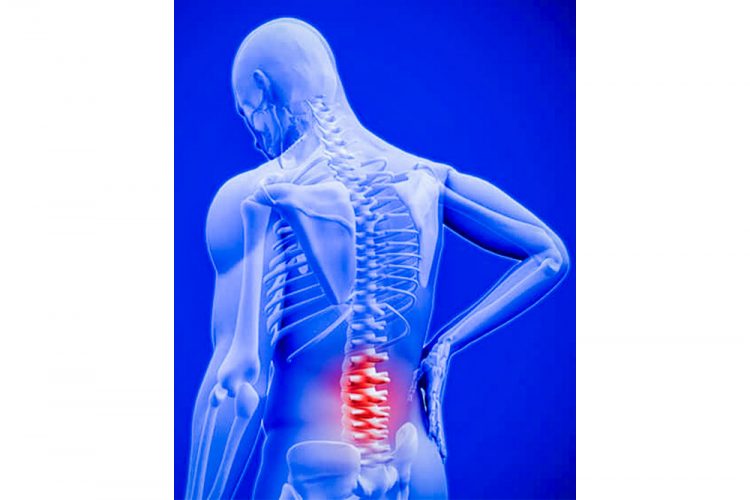All you need to know about low back pain

Q: I have suffered off and on with low back pain for years; which is better, rest or exercise?
A: Low back pain (LBP) is one of the more common reasons for primary care office visits. 95% of patients are found to suffer with benign LBP which require little in terms of investigations, treatments or other forms of interventions.
The causes of LBP are wide ranging and may originate in the ligaments, muscles, joints, fascia, vertebra, disks, nerves or blood vessels of the lumbar region. While there are many potential causes of LBP it should be noted that in most instances, regardless of the cause, most patients who report LBP improve with little to no treatment within 4-6 weeks.
There is no single recipe of care that can be prescribed across the board for patients reporting LBP.
More Common Types Of LBP
Simple acute LBP
Up to 85% of patients with LBP have simple-acute LBP, even after imaging has been performed. Hence, why “routine” x-rays, CT Scans and or MRIs are not recommended. In most of these patients their LBP is most likely due to muscular, ligament, disc, or bony causes and normally resolves within 4-6 weeks. Only in instances where the pain is persistent one would consider performing investigations. Patients are routinely offered self-care advice and medication.
(HERE)Complicated LBP (with red flags)
The presence of “red flags” can be one of the first indicators that the cause of the LBP is serious in nature. These “red flags” include: a history of trauma, fever, stool or urinary incontinence, unexplained weight loss, a cancer history, long-term steroid use, IV drug abuse, and intense localized pain and an inability to find a comfortable position. Any of these “red flags” is an indicator for additional investigations.
LBP with pain radiating down the back of the leg (sciatica)
Such patients are sent for an MRI and EMGNCS (EMG Nerve Conduction Study) once available.
Treatment
The majority of cases of LBP have an excellent prognosis. While many treatment modalities are available, most cases of LBP will improve on their own. However, those who are desirous of treatment some of the more common modalities are noted below:
Medicines
Paracetamol/ Acetaminophen/ Anti-inflammatories (NSAIDs): these are considered first-line treatment for LBP. Neither the NSAIDs or acetaminophen has been shown to be superior to the other. And combining both has shown no additional benefits.
Muscle relaxants. These work best when combined with NSAIDs.
Opioids. If used, should only be used for short periods, since NSAIDs or acetaminophen suffice in most instances.
Non medication treatment:
Physical and exercise therapy is most effective in patients with LBP that has been present for -6 weeks. Research supports strength/resistance and co-ordination/stabilization exercises.
Spinal manipulation/ chiropractic care. Spinal manipulation may be most effective in reducing pain when the pain has been present for less than six weeks.
Bed rest: those with LBP who rested extensively had poorer outcomes when compared to those who stayed active.
Author: Dr. C. Malcolm Grant – Family Physician, c/o Family Care Clinic, Arnos Vale, www.familycaresvg.com, clinic@familycaresvg.com, 1(784)570-9300 (Office), 1(784)455-0376 (WhatsApp)
Disclaimer: The information provided in the above article is for educational purposes only and does not substitute for professional medical advice. Please consult a medical professional or healthcare provider if you are seeking medical advice, diagnoses, or treatment. Dr. C. Malcolm Grant, Family Care Clinic or The Searchlight Newspaper or their associates, respectively, are not liable for risks or issues associated with using or acting upon the information provided above.









